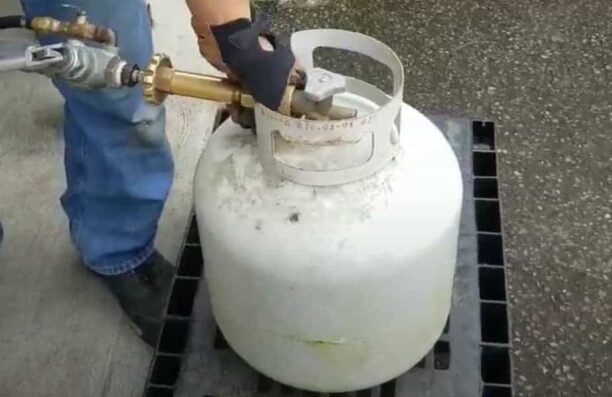Adapting to Rising Costs in the Propane Industry
In the propane industry, maintaining profitability while managing rising operational costs is a significant challenge. As expenses continue to climb, companies are confronted with the tough decision of how to balance cost increases with customer retention and operational efficiency. Rising Costs and Pricing Strategies Many propane businesses have responded to escalating costs by raising their… Continue reading Adapting to Rising Costs in the Propane Industry


